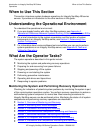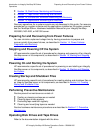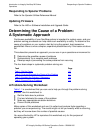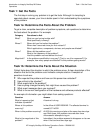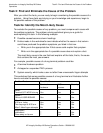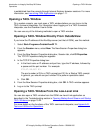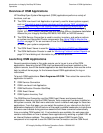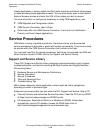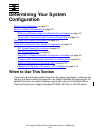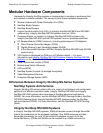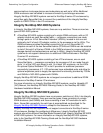Introduction to Integrity NonStop NS-Series
Operations
HP Integrity NonStop NS-Series Operations Guide—529869-005
1-8
Task 3: Escalate the Problem If Necessary
Task 2b: Fix the Most Probable Cause of the Problem
For the example in the worksheet, the most likely cause of the hung terminal is a
security problem. Ask yourself what would be the fastest, least expensive, safest, and
surest way of verifying that this is the most probable cause of the problem.
Once you have determined the most likely cause, try to fix it. Follow through and
implement the appropriate solution. If this solution does not fix the problem, continue
trying other possible solutions that are reasonable considering time, expense, and
safety.
Task 3: Escalate the Problem If Necessary
If the solutions you tried in the previous tasks do not solve the problem, you might
consider escalating the problem to get additional help.
Task 3a: Determine Whether You Need to Escalate the
Problem
After you complete each task in the problem-solving process, you must decide whether
you can continue by yourself or if you must ask for help. Ask yourself these questions:
•
Do I have the authority to resolve this problem?
•
Do I have the necessary knowledge?
•
Do I have the skill?
•
Do I have the time?
•
What other people need to become involved, if any?
•
Who needs to be informed about the problem’s status?
Task 3b: Provide Documentation
If you decide to escalate the problem, you might be required to document the problem
by providing:
•
A problem identification number
•
A problem classification
•
A complete description and history of the problem
•
Diagnostic information such as copies of the event log, results of memory dumps,
and so on
You might also have procedures at your site for logging problems. If you have a shift
log or problem log, make timely entries in the log.





